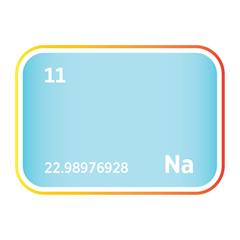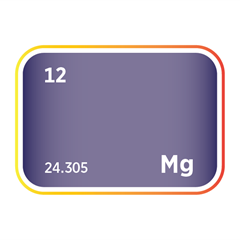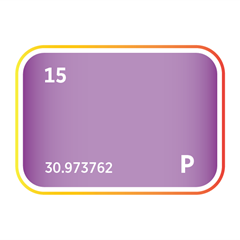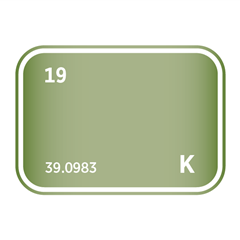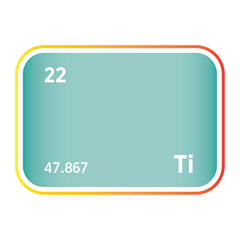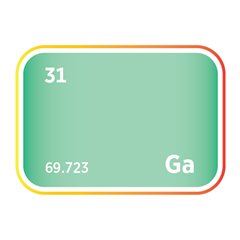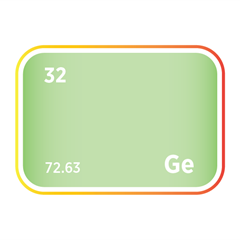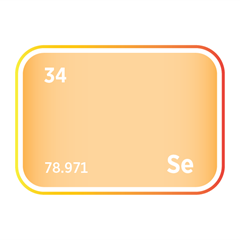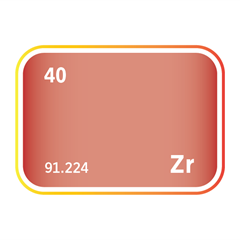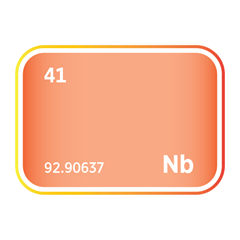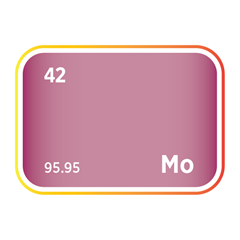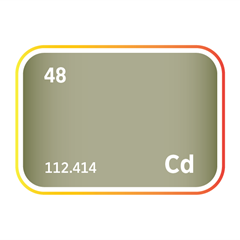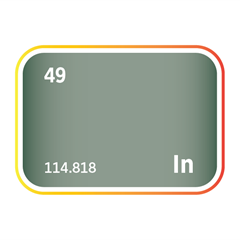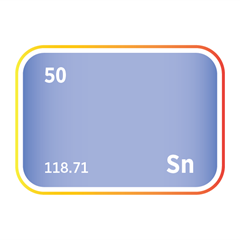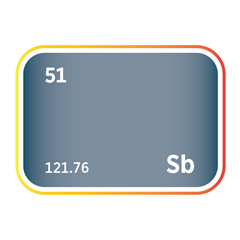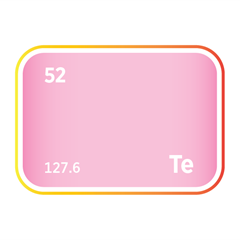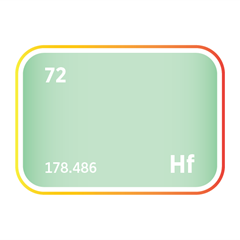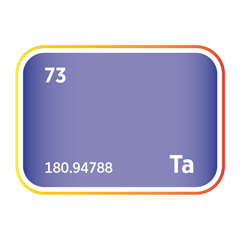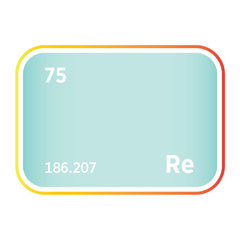Tellurium
Critical Minerals and The Energy Transition
Navigating the Tellurium Market
Tellurium, a rare metalloid with distinctive properties that bridge the gap between metals and non-metals, plays a critical role across various industries, notably in metallurgy, electronics, and renewable energy. Extracted mainly as a byproduct of copper and lead refining, its applications are diverse and significant. Tellurium enhances the machinability of copper and stainless steel in metallurgy. It is vital for thermoelectric devices and phase-change memory chips in electronics, showcasing its versatility. However, it is in the production of thin-film solar cells that tellurium's potential is most promising, aligning with the global transition towards sustainable energy sources. Despite its pivotal role, the tellurium market contends with challenges such as scarcity, complex extraction processes, and environmental concerns associated with its production. As demand for tellurium increases, driven by its indispensable applications in technology and green energy, the industry faces the dual task of ensuring sustainable supply chains and minimising environmental impacts. The future of tellurium hinges on innovative mining practices, effective recycling, and research into alternatives, underlining its importance in advancing sustainable technologies and contributing to a technologically advanced, environmentally conscious world.
An introduction to tellurium
Tellurium demand and end-uses
Tellurium is a rare metalloid with highly specialised uses across energy, electronics, metallurgy, and chemical processing. Although produced in small volumes relative to other industrial elements, tellurium's unique electrical and thermoelectric properties make it essential to several high-value and strategically significant technologies. Its role in semiconductors, solar energy, and advanced alloys positions tellurium as a critical material in the transition to low-carbon and high-performance systems.
The single largest end use of tellurium is in producing cadmium telluride (CdTe) thin-film solar cells, forming the light-absorbing layer that converts sunlight into electricity. CdTe technology is one of the leading commercial alternatives to silicon-based photovoltaics, offering low-cost, high-efficiency, and fast-deployment solar panels. CdTe cells perform well in hot and humid climates, and their shorter energy payback time makes them especially attractive for utility-scale installations. As global solar deployment expands, particularly in the United States and emerging markets, CdTe demand drives tellurium consumption.
Tellurium is also widely used in thermoelectric materials, which convert heat differentials into electrical energy. Bismuth telluride (Bi₂Te₃) is the most common thermoelectric compound, used in applications ranging from temperature sensors and electronic cooling systems to power generation from waste heat in industrial processes and automotive components. Although the market for thermoelectrics is relatively small, it is expected to grow with increased attention to energy efficiency and heat recovery in high-tech manufacturing and transport systems.
In metallurgy, tellurium is added to steel, copper, and lead alloys to improve machinability, wear resistance, and strength. Small additions of tellurium to steel reduce tool wear and enhance chip breakage during machining, supporting precision engineering and manufacturing. Tellurium improves strength and corrosion resistance in lead-based alloys, which is important in applications such as battery grids, bearings, and cable sheathing.
Tellurium compounds are also used in the chemical industry as vulcanising agents for rubber, catalysts in petroleum cracking, and additives in lubricants. These compounds improve performance under heat and mechanical stress, supporting industrial applications where stability and durability are key.
Tellurium is used in optics and electronics for infrared detectors, optical storage media, and phase-change memory technologies. Some tellurium-based materials can switch between amorphous and crystalline states when exposed to heat, enabling data storage applications such as rewritable CDs, DVDs, and next-generation non-volatile memory devices. Research into tellurium-containing compounds for semiconductors and quantum computing is ongoing, though commercialisation remains limited.
Looking ahead, tellurium demand is set to rise steadily, primarily driven by the continued expansion of CdTe solar technologies and growing interest in thermoelectric energy harvesting. Potential new applications in advanced electronics, semiconductor devices, and battery chemistries may further increase its strategic importance. However, constrained supply, limited substitutes, and environmental concerns around cadmium-containing compounds may pose future risks and regulatory challenges.
Tellurium’s unique position at the intersection of solar energy, energy efficiency, and precision metallurgy ensures it will remain a vital component of future-facing technologies. Its scarcity, reliance on by-product recovery, and emerging clean tech applications highlight the need for secure, transparent, and sustainable supply chains to support the low-carbon transition.
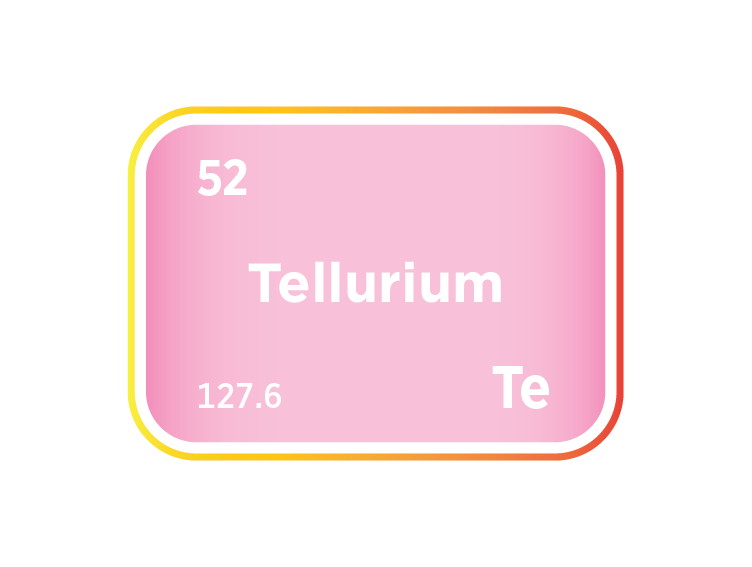
Tellurium supply
Tellurium supply is highly constrained, both geologically and technologically, and is almost entirely dependent on the refining of copper. It is not mined directly, as tellurium does not occur in economically mineable concentrations in primary ore bodies. Instead, it is typically recovered as a by-product during electrolytic copper refining, specifically from anode slimes formed during electrolysis. This by-product status means tellurium availability is intrinsically tied to copper production volumes, refinery configurations, and investment in by-product recovery systems. The increasing adoption of copper extraction methods such as solvent extraction–electrowinning (SX–EW), which bypass the generation of anode slimes, has further complicated long-term tellurium supply potential.
Global tellurium production is dominated by a few countries with large copper smelting capacity and advanced metallurgical infrastructure. China is the world’s largest producer and refiner of tellurium, using domestic copper feedstock and imported concentrates. Chinese producers play a central role in downstream processing, supplying material for cadmium telluride (CdTe) solar panels, thermoelectric modules, electronics, and speciality alloys. Japan is another key refiner, importing copper concentrates and recovering high-purity tellurium from its technologically advanced smelting complexes. Japanese tellurium is primarily used in photovoltaics, semiconductors, and electronic components.
Russia remains a notable producer, with output associated with its integrated copper operations. While official production data is limited, Russian tellurium is used domestically and exported to Asian and European markets. Ongoing geopolitical tensions, however, have introduced new uncertainties into Russia’s role as a supplier, raising concerns about long-term stability and trade accessibility. The United States and Canada also contribute to global tellurium output, with recovery at smelters in Arizona, Ontario, and Quebec. While both countries supply limited volumes, their production supports domestic high-tech industries and strategic stockpiles. Peru has historically produced tellurium, but its contribution varies based on refining throughput and export demand.
Within Europe, Bulgaria provides a smaller but steady supply of tellurium from copper refining operations, helping to diversify the EU’s access to critical raw materials. Though not a leading global source, Bulgarian tellurium plays a role in regional supply resilience. The supply landscape remains narrow overall, with few new entrants and limited production flexibility due to the metal’s by-product nature. In addition to copper refineries, there is growing interest in exploring polymetallic deposits and complex ore systems, including telluride-type gold and silver bodies, that may support co-production. However, few have been developed to date.
Recycling currently accounts for only a small share of tellurium supply. The element is used in small quantities within individual products, and its recovery from end-of-life materials is technically complex. However, interest in secondary tellurium is growing, particularly from recycled CdTe solar panels and industrial scrap. As demand expands in photovoltaic and thermoelectric applications, efforts to scale up recycling and improve recovery efficiencies are gaining traction. The potential for end-of-life recovery from semiconductors and speciality alloys is also being explored, though infrastructure remains underdeveloped.
Tellurium’s supply chain is acutely vulnerable to disruption. Its dependency on copper refining, coupled with the low priority often given to by-product recovery, exposes it to underinvestment and long-term availability risks. Price volatility, limited market transparency, and the lack of dedicated production constrain investment in new capacity. Environmental and regulatory pressures on smelting activities may also affect recovery economics, especially in jurisdictions tightening emissions standards. In parallel, tellurium’s designation as a critical mineral in the US, EU, and Japan has led to growing strategic interest, with policies emerging to encourage domestic recovery, support recycling innovation, and reduce dependence on Chinese processing. Securing future tellurium supply will require targeted investment in smelter recovery systems, improved end-of-life material reclamation, and closer integration of circular economy principles into industrial design and policy frameworks.
Tellurium substitution
Tellurium substitution is technically feasible in certain applications but often comes with trade-offs in performance, efficiency, or cost. As a rare element with unique semiconductor and thermoelectric properties, tellurium plays an irreplaceable role in some advanced technologies, particularly cadmium telluride (CdTe) solar cells and thermoelectric materials. In these applications, substitution is limited by the need for specific physical and chemical characteristics such as high electrical conductivity, low thermal conductivity, and stability at high temperatures.
In photovoltaics, CdTe-based solar cells are among the most commercially successful thin-film technologies. While silicon dominates the solar market, CdTe offers lower manufacturing costs and better performance under low-light and high-temperature conditions. Potential substitutes for tellurium in thin-film solar cells include copper indium gallium selenide (CIGS), perovskite-based technologies, and organic photovoltaics. However, these alternatives face their own material constraints, toxicity issues, or lower long-term stability, and none yet match CdTe's combination of scalability and efficiency.
In thermoelectric devices, used for power generation from waste heat, tellurium is typically alloyed with bismuth (in Bi₂Te₃) or other metals. While research into tellurium-free thermoelectrics has advanced, with alternatives including skutterudites, silicides, and half-Heusler compounds, these materials generally offer lower conversion efficiency or are still under development for commercial use.
For alloying applications in steel and copper, tellurium is used to improve machinability or conductivity, and sulfur, selenium, and bismuth can be substitutes. While these elements are more abundant, they may not offer the same high-temperature performance or corrosion resistance that tellurium imparts.
In optical and electronic applications, tellurium's role in rewritable optical discs, infrared optics, and phase-change memory materials is increasingly being challenged by advances in solid-state drives and newer memory technologies. However, for some niche uses, such as certain types of semiconductors and sensors, there is no complete substitute yet that matches tellurium’s specific performance attributes.
While substitution can reduce reliance on tellurium in select use cases, the element remains strategically important for clean energy, defence, and high-tech industries. Efforts to minimise dependency focus more on material efficiency, miniaturisation, and recycling than complete substitution, particularly where performance margins are tight.




Meet the Critical Minerals team
Trusted advice from a dedicated team of experts.

Henk de Hoop
Chief Executive Officer

Beresford Clarke
Managing Director: Technical & Research

Jamie Underwood
Principal Consultant

Dr Jenny Watts
Critical Minerals Technologies Expert

Ismet Soyocak
ESG & Critical Minerals Lead

Thomas Shann Mills
Senior Machine Learning Engineer

Rj Coetzee
Senior Market Analyst: Battery Materials and Technologies

Franklin Avery
Commodity Analyst

How can we help you?
SFA (Oxford) provides bespoke, independent intelligence on the strategic metal markets, specifically tailored to your needs. To find out more about what we can offer you, please contact us.









